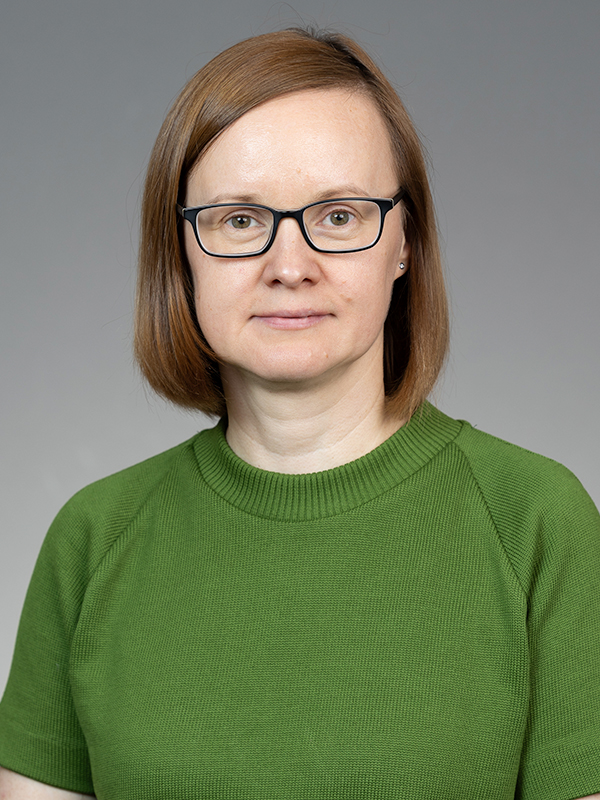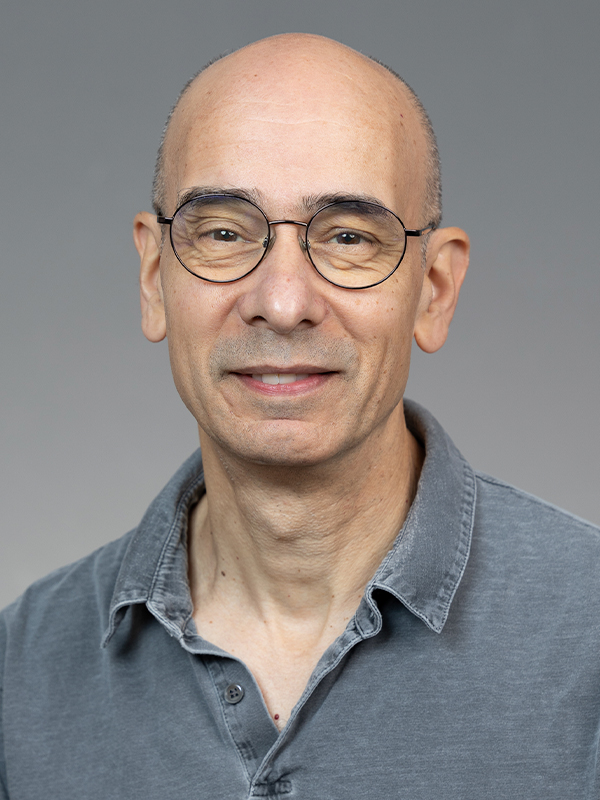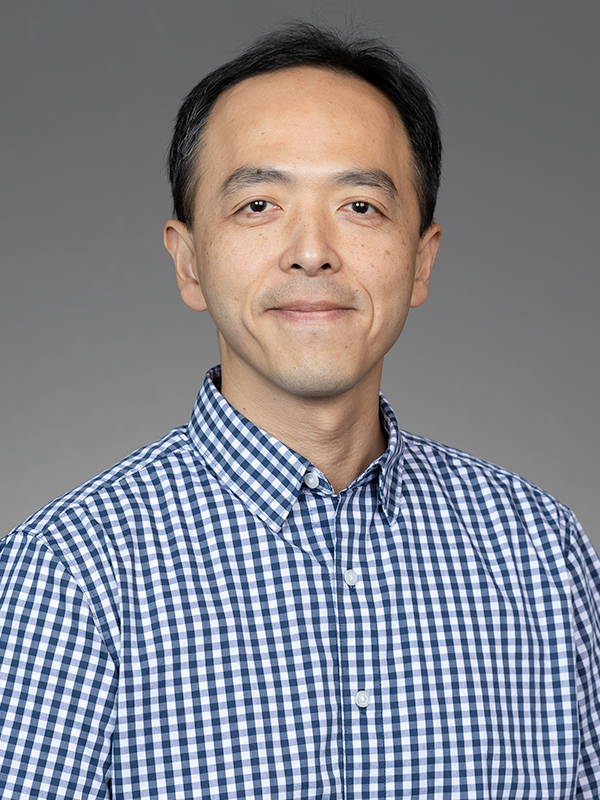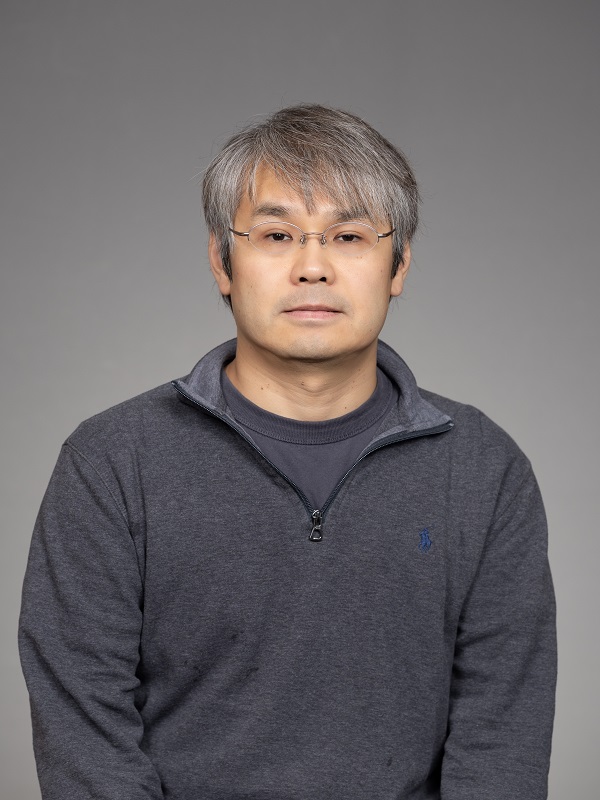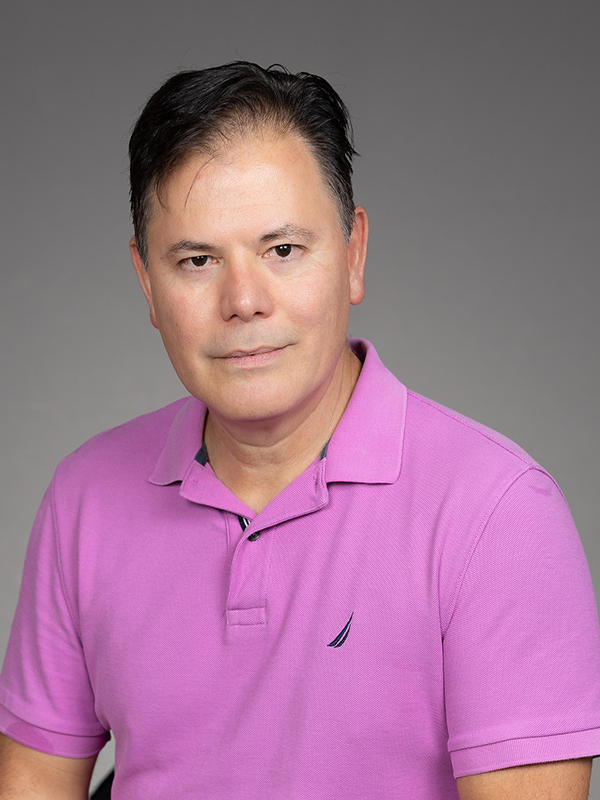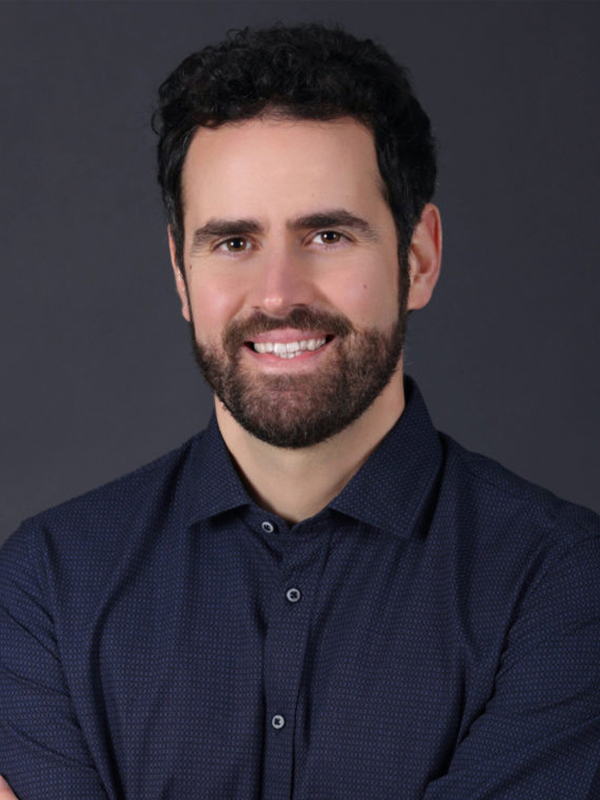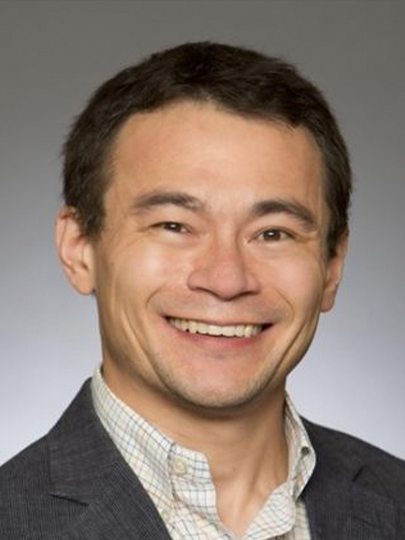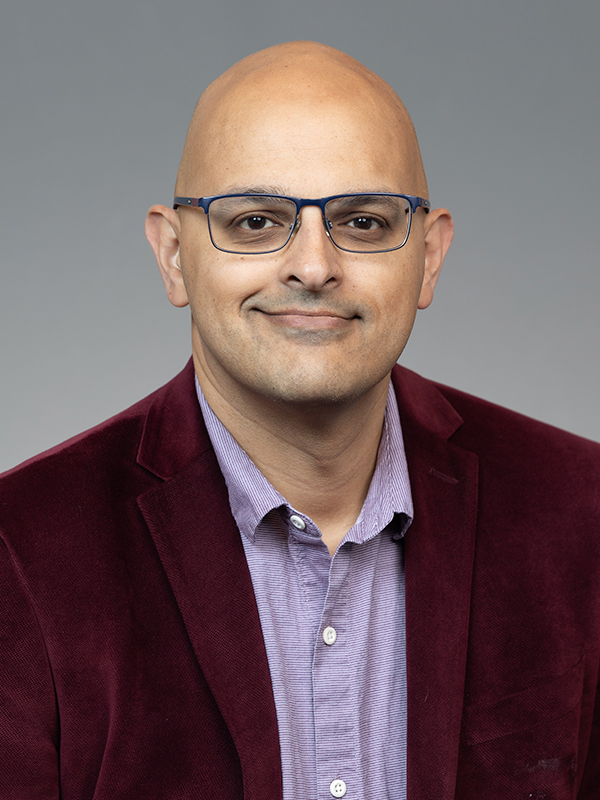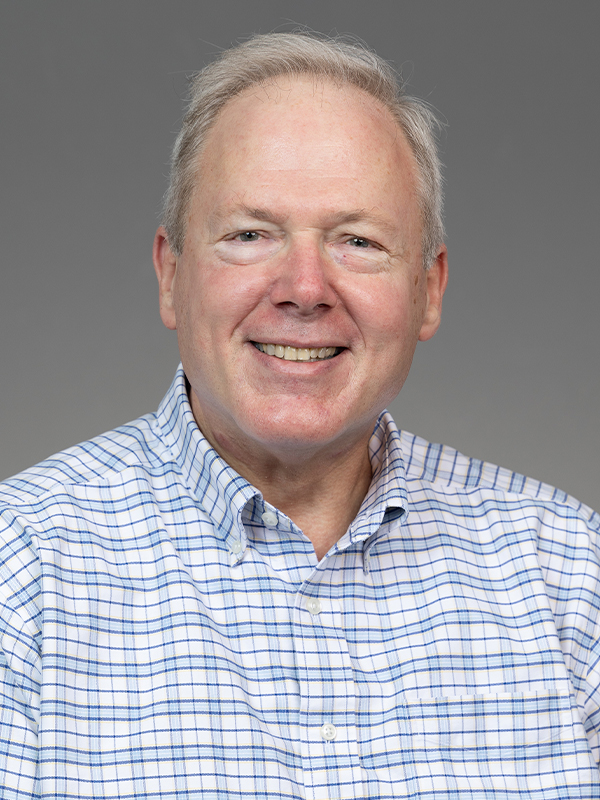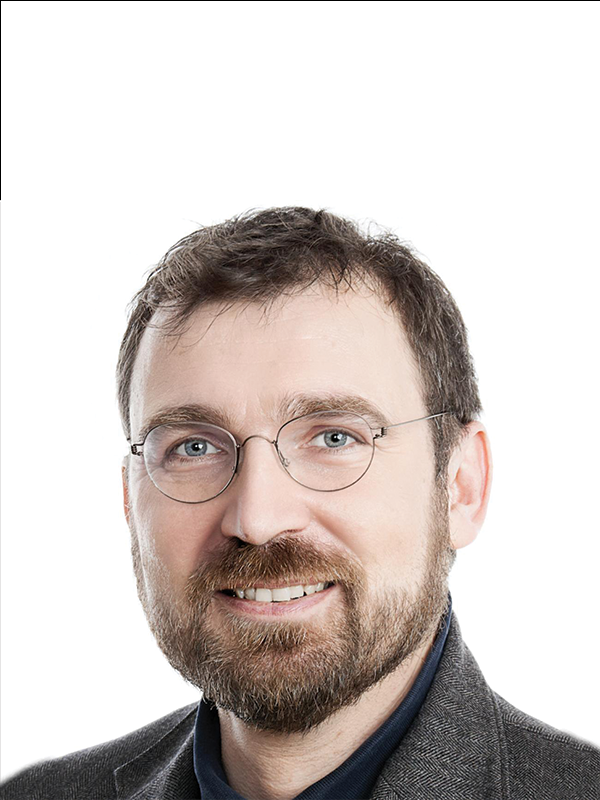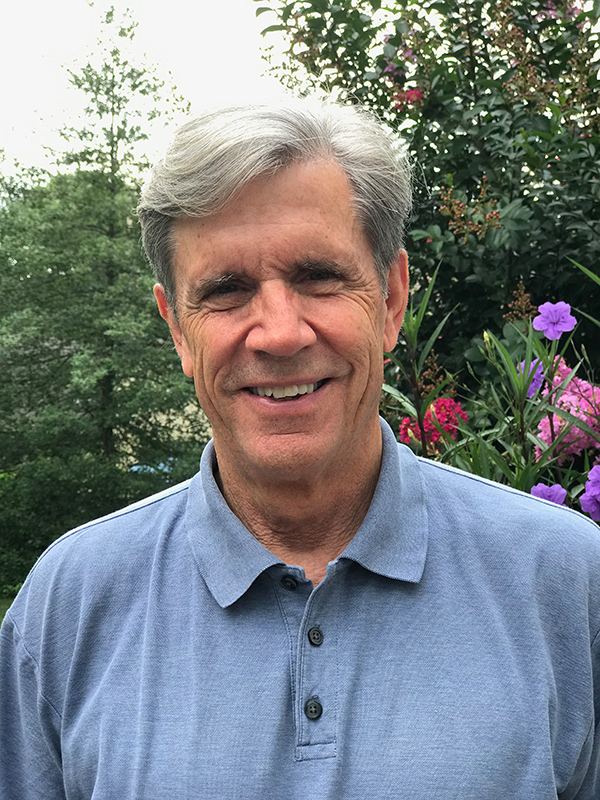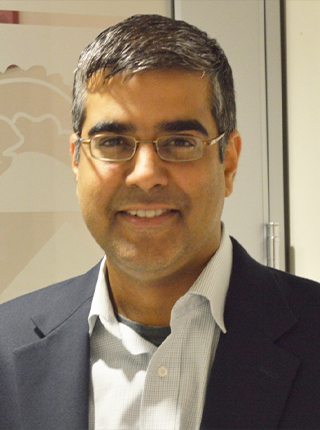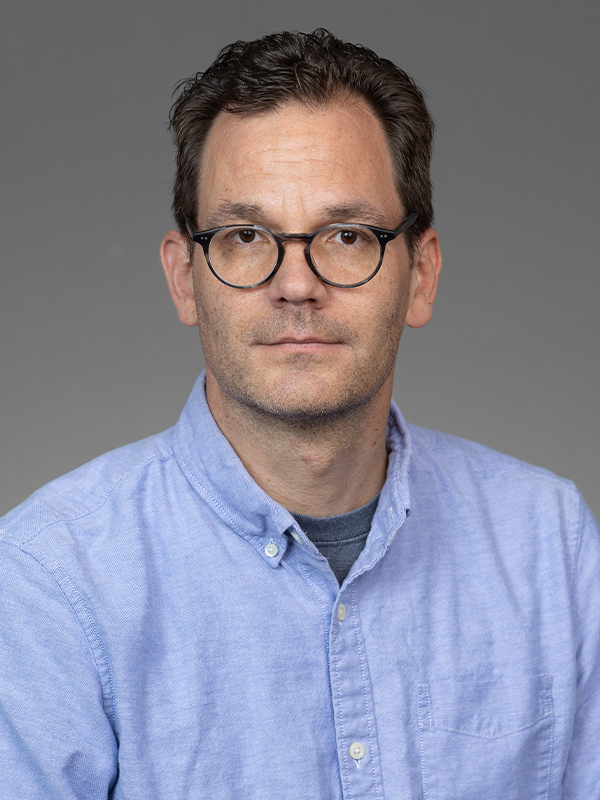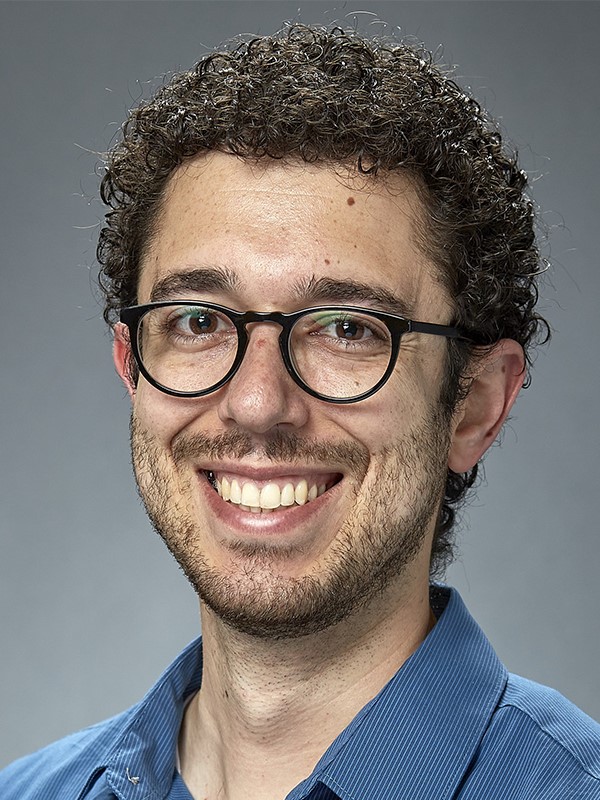
Cryo Electron Microscopy (cryoEM) has emerged as a revolutionary method in structural biology, enabling the determination of the three-dimensional structures of biological macromolecules at near-atomic resolution without the need for crystallization. We utilize cryoEM and cryoET to understand the structural mechanisms underlaying various fundamental or disease-causing biological processes.
Shared Facility
Researchers
- How does genetic inheritance actually work?
- How was epigenetic information transmitted to us from our parents?
- Can building new artificial chromosomes help us understand how natural chromosomes work?
- How are the key enzymes protecting the integrity of our genome specifically and potently activated by potential catastrophes like DNA breaks or chromosome misattachment to the mitotic spindle?
Kushol Gupta is a Research Assistant Professor in the Department of Biochemistry & Biophysics at the Perelman School of Medicine of The University of Pennsylvania, a member of the BMB graduate group, and directs the Johnson Foundation Structural Biology and Biophysics Core, a departmental resource that serves Penn and the greater region.
He is a structural biologist with expertise in both X-ray crystallography and solution biophysical methods, including small-angle X-ray and neutron scattering, light scattering, and analytical ultracentrifugation. His ongoing research focuses on retroviral integrases, their interaction with host factors, and a new class of drugs known as allosteric inhibitors of integrase (ALLINIs), which are potent antivirals against HIV. His research also includes other projects in the areas of phenylketonuria, RNA splicing, and site-specific recombination, highlighting the collaborative nature of research at Penn.
Publications
- Sustained rhoptry docking and discharge requires Toxoplasma gondii intraconoidal microtubule-associated proteins
- Combining per-particle cryo-ET and cryo-EM single particle analysis to elucidate heterogeneous DNA-protein organization
- Pleiotropic roles of evolutionarily conserved signaling intermediate in toll pathway (ECSIT) in pathophysiology
- AMPK-induced novel phosphorylation of RUNX1 inhibits STAT3 activation and overcome imatinib resistance in chronic myelogenous leukemia (CML) subjects
- Cryo-EM structure of the periplasmic tunnel of T7 DNA-ejectosome at 2.7 Å resolution
- Intrinsically disordered regions in TRPV2 mediate protein-protein interactions
- Native ultrastructure of fresh human brain vitrified directly from autopsy revealed by cryo-electron tomography with cryo-plasma focused ion beam milling
- Centromere-specifying nucleosomes persist in aging mouse oocytes in the absence of nascent assembly
- Visualizing the membrane disruption action of antimicrobial peptides by cryo-electron tomography
- Mechanisms and physiological function of daily haemoglobin oxidation rhythms in red blood cells
- Origin and arrangement of actin filaments for gliding motility in apicomplexan parasites revealed by cryo-electron tomography
- Nanoscale details of mitochondrial constriction revealed by cryoelectron tomography
- Structural Basis for the Phase Separation of the Chromosome Passenger Complex
- Circadian regulation of lung repair and regeneration
- Inflammasomes primarily restrict cytosolic Salmonella replication within human macrophages
- Bdellovibrio predation cycle characterized at nanometre-scale resolution with cryo-electron tomography
- Efficient Formation of Single-copy Human Artificial Chromosomes
- Purification of Recombinant Human Amphiphysin 1 and its N-BAR Domain
- The structural basis of the multi-step allosteric activation of Aurora B kinase
- Centromere Innovations Within a Mouse Species
- Metformin exerts antileukemic effects by modulating lactate metabolism and overcomes imatinib resistance in chronic myelogenous leukemia
- Computational Methods Toward Unbiased Pattern Mining and Structure Determination in Cryo-Electron Tomography Data
- High-throughput cryo-ET structural pattern mining by unsupervised deep iterative subtomogram clustering
- In Situ Structure Determination of Bacterial Surface Nanomachines Using Cryo-Electron Tomography
- In Situ Structure Determination of Bacterial Surface Nanomachines Using Cryo-Electron Tomography
- Structural basis of a transcription pre-initiation complex on a divergent promoter
- Involvement of Target of Rapamycin (TOR) Signaling in the Regulation of Crosstalk between Ribosomal Protein Small Subunit 6 Kinase-1 (RPS6K-1) and Ribosomal Proteins
- Membrane reshaping by protein condensates
- Tribotronic control of an ionic boundary layer in operando extends the limits of lubrication
- An apical membrane complex for triggering rhoptry exocytosis and invasion in Toxoplasma
- Modulation of TRPV2 by endogenous and exogenous ligands: A computational study
- Bacterial Outer Membrane Polysaccharide Export (OPX) Proteins Occupy Three Structural Classes with Selective β-Barrel Porin Requirements for Polymer Secretion
- Global Impact of the COVID-19 Pandemic on Stroke Volumes and Cerebrovascular Events: A 1-Year Follow-up
- Archaic chaperone-usher pili self-secrete into superelastic zigzag springs
- Molecular basis of hUHRF1 allosteric activation for synergistic histone modification binding by PI5P
- Multivalent interactions between molecular components involved in fast endophilin mediated endocytosis drive protein phase separation
- Single-cell transcriptomics and cell-specific proteomics reveals molecular signatures of sleep
- Discovery of a Novel Inner Membrane-Associated Bacterial Structure Related to the Flagellar Type III Secretion System
- Rhoptry secretion system structure and priming in Plasmodium falciparum revealed using in situ cryo-electron tomography
- Global impact of the COVID-19 pandemic on subarachnoid haemorrhage hospitalisations, aneurysm treatment and in-hospital mortality: 1-year follow-up
- Chromosomes: A nuclear neighborhood conducive to centromere formation
- What structures did, and did not, reveal about the function of the epithelial Ca2+ channels TRPV5 and TRPV6
- Something's gotta give at the centromeric chromatin foundation of the kinetochore
- Epigenetic, genetic and maternal effects enable stable centromere inheritance
- Novel transient cytoplasmic rings stabilize assembling bacterial flagellar motors
- Curvature dependence of BAR protein membrane association and dissociation kinetics
- Structural insights into TRPV2 activation by small molecules
- Structural basis of the activation of TRPV5 channels by long-chain acyl-Coenzyme-A
- Probing lipid membrane bending mechanics using gold nanorod tracking
- Parasitology meets cryo-electron tomography - exciting prospects await
- HPF1 dynamically controls the PARP1/2 balance between initiating and elongating ADP-ribose modifications
- Gene replacement strategies validate the use of functional tags on centromeric chromatin and invalidate an essential role for CENP-AK124ub
- Author Correction: In situ ultrastructures of two evolutionarily distant apicomplexan rhoptry secretion systems
- UNSUPERVISED DOMAIN ALIGNMENT BASED OPEN SET STRUCTURAL RECOGNITION OF MACROMOLECULES CAPTURED BY CRYO-ELECTRON TOMOGRAPHY
- In situ imaging of bacterial outer membrane projections and associated protein complexes using electron cryo-tomography
- Structure of the ancient TRPY1 channel from Saccharomyces cerevisiae reveals mechanisms of modulation by lipids and calcium
- Active learning to classify macromolecular structures in situ for less supervision in cryo-electron tomography
- Context-Specific Function of the Engineered Peptide Domain of PHP.B
- In situ ultrastructures of two evolutionarily distant apicomplexan rhoptry secretion systems
- Unfolding Mechanisms and Conformational Stability of the Dimeric Endophilin N-BAR Domain
- Loss of the Bacterial Flagellar Motor Switch Complex upon Cell Lysis
- Programmed Flagellar Ejection in Caulobacter crescentus Leaves PL-subcomplexes
- Permitted and restricted steps of human kinetochore assembly in mitotic cell extracts
- Production and purification of TRPV2 and TRPV5 for structural and functional studies
- Membrane partitioning and lipid selectivity of the N-terminal amphipathic H0 helices of endophilin isoforms
- The Cryo-EM Effect: Structural Biology of Neurodegenerative Disease Proteostasis Factors
- The Cryo-EM Effect: Structural Biology of Neurodegenerative Disease Aggregates
- Allosteric Antagonist Modulation of TRPV2 by Piperlongumine Impairs Glioblastoma Progression
- A needless but interesting controversy
- An Alveolata secretory machinery adapted to parasite host cell invasion
- Rapid Detection and Signaling of DNA Damage by PARP-1
- Enzymatic trans-bilayer lipid transport: Mechanisms, efficiencies, slippage, and membrane curvature
- Interactions between Phase-Separated Liquids and Membrane Surfaces
- Endophilin recruitment drives membrane curvature generation through coincidence detection of GPCR loop interactions and negative lipid charge
- PilY1 and minor pilins form a complex priming the type IVa pilus in Myxococcus xanthus
- Centromere identity and function put to use: construction and transfer of mammalian artificial chromosomes to animal models
- Maternal inheritance of centromeres through the germline
- Bacterial flagellar motor PL-ring disassembly subcomplexes are widespread and ancient
- Bacteria suit up with virus armor
- PIP2 Reshapes Membranes through Asymmetric Desorption
- Molecular architecture, polar targeting and biogenesis of the Legionella Dot/Icm T4SS
- Correction to Soft Hyaluronic Gels Promote Cell Spreading, Stress Fibers, Focal Adhesion, and Membrane Tension by Phosphoinositide Signaling, Not Traction Force
- De Novo Structural Pattern Mining in Cellular Electron Cryotomograms
- Encoding biological recognition in a bicomponent cell-membrane mimic
- Simulations suggest a constrictive force is required for Gram-negative bacterial cell division
- Screening Libraries of Amphiphilic Janus Dendrimers Based on Natural Phenolic Acids to Discover Monodisperse Unilamellar Dendrimersomes
- In Situ Imaging and Structure Determination of Bacterial Toxin Delivery Systems Using Electron Cryotomography
- Soft Hyaluronic Gels Promote Cell Spreading, Stress Fibers, Focal Adhesion, and Membrane Tension by Phosphoinositide Signaling, Not Traction Force


